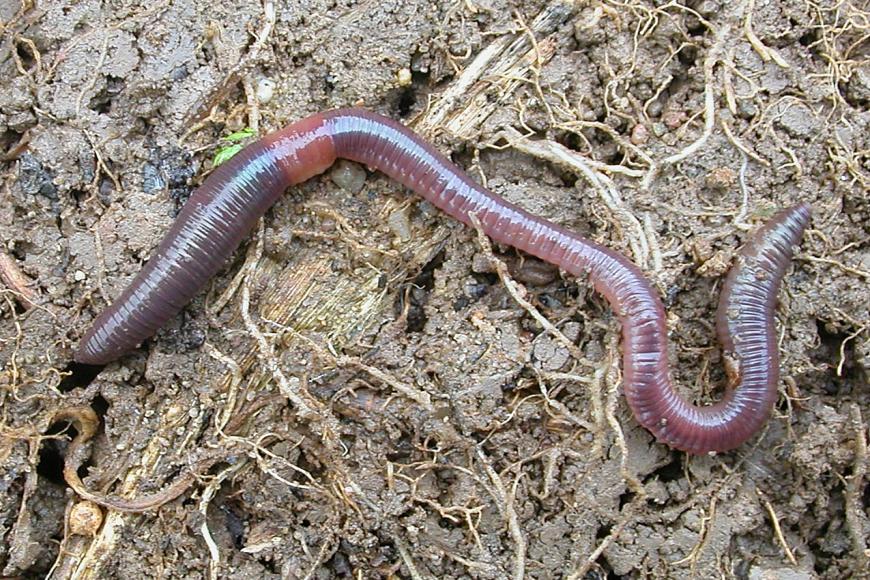The value of an earthworm
The Ancient Egyptians valued the earthworm; Cleopatra established laws protecting the earthworm for its useful toil of the Nile Valley.
The father of Evolution, Charles Darwin, was fascinated by earthworms. In 1881 he noted: “It may be doubted whether there are many other animals which have played so important a part in the history of the world, as have these lowly organized creatures.” He calculated that on one acre of land, in one year, earthworms will plough through at least 10 tons of soil.
There are many ways you could try to determine the value of earthworms. A simple way would be to just look at retail values. Assuming that one can get a dozen earthworms for 1 €, and has an earthworm density of 250 per square meter, the total retail value of earthworms on just 1 ha of land would amount to 208.000 €. But this is only part of the story, as earthworms improve the soil chemical and physical characteristics as they burrow beneath the ground. Each year in just 1 hectare, 25-37 tonnes of dry soil passes through earthworms; that is 125-185 full loads of wheelbarrows, or 2,000-3,000 full shovels of soil.
Analyses of earthworm castings reveal that they are richer in nutrients than surrounding soil, often 3 times more calcium, several times more nitrogen, phosphorus, and potassium. Soil samples from a field not fertilized for 5 years but with an active earthworm population was analysed. Based on the reported analyses it was found that 100 tons of earthworm castings will contain 1.8 kg of nitrate nitrogen, 13.5 kg of phosphorus, 32.9 kg of potassium, 40.5 kg of magnesium, and 225 kg of calcium. That is the equivalent to a 4-69-86 (P-N-K) fertilizer and 3/4 ton of limestone worth approximately 60 € per hectare with no fee for spreading or transportation. In addition, one million earthworms will have burrows which will have the equivalent space of 1,200 m of 15 cm drain tile. At an installed price of 3 € per meter for drain tile, those burrows are worth 9,000 € per hectare.
There have been efforts to extrapolate these benefits to all soil organisms and the whole of the terrestrial ecosystem, thus estimating the global economic value of terrestrial biodiversity. According to this work published by Pimentel and colleagues in 1997, entitled Economic and Environmental Benefits of Biodiversity, the annual contribution of biodiversity to the world economy is almost US$ 3 trillion. Out of this amount, approximately $1.5 trillion is attributable to services provided by the variety of soil organisms.
Maybe, an earthworm is not that “lowly” a creature after all.

|